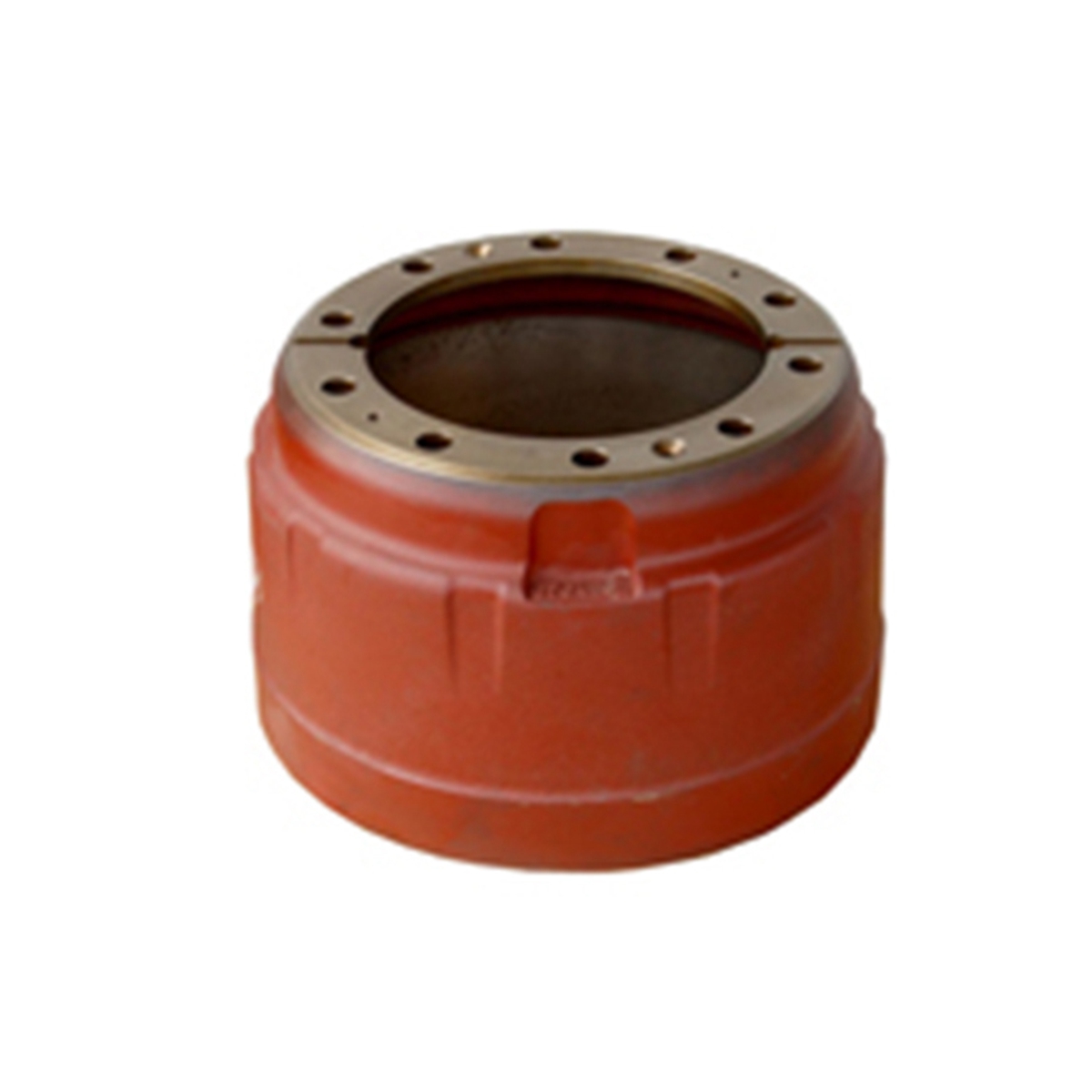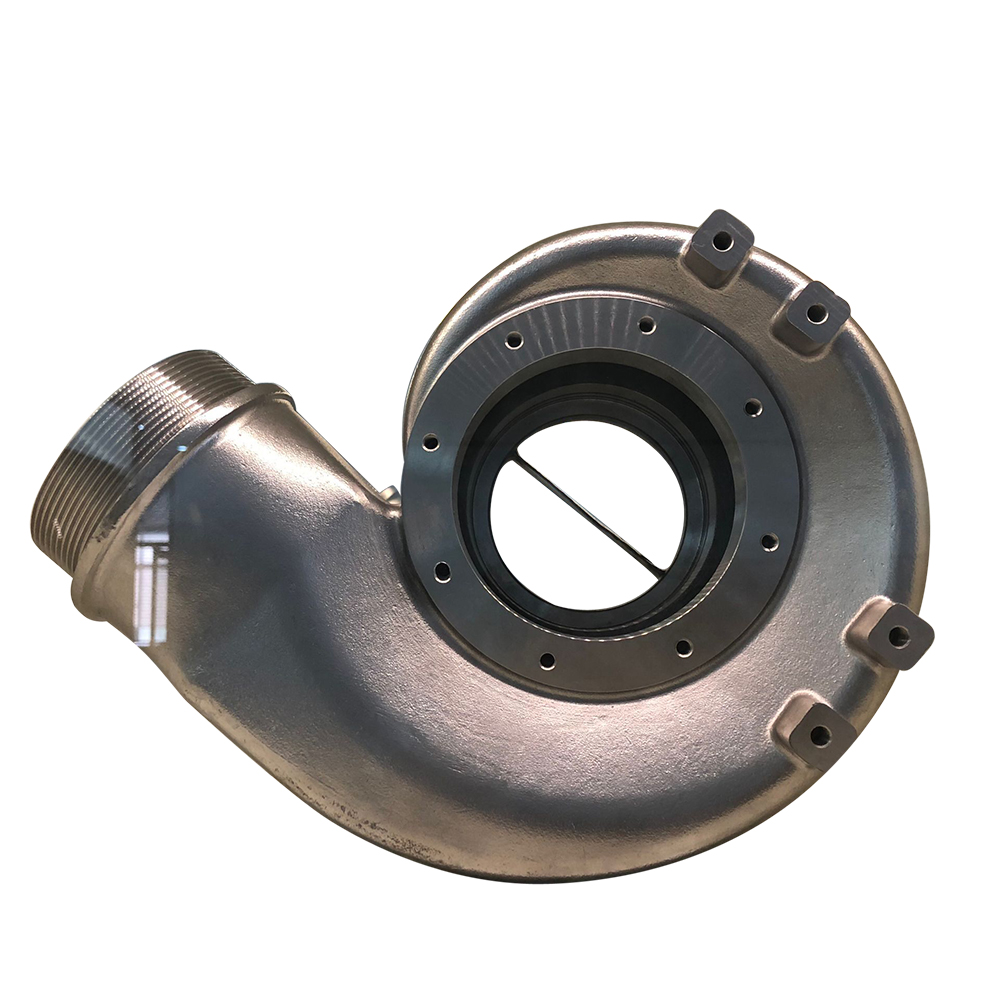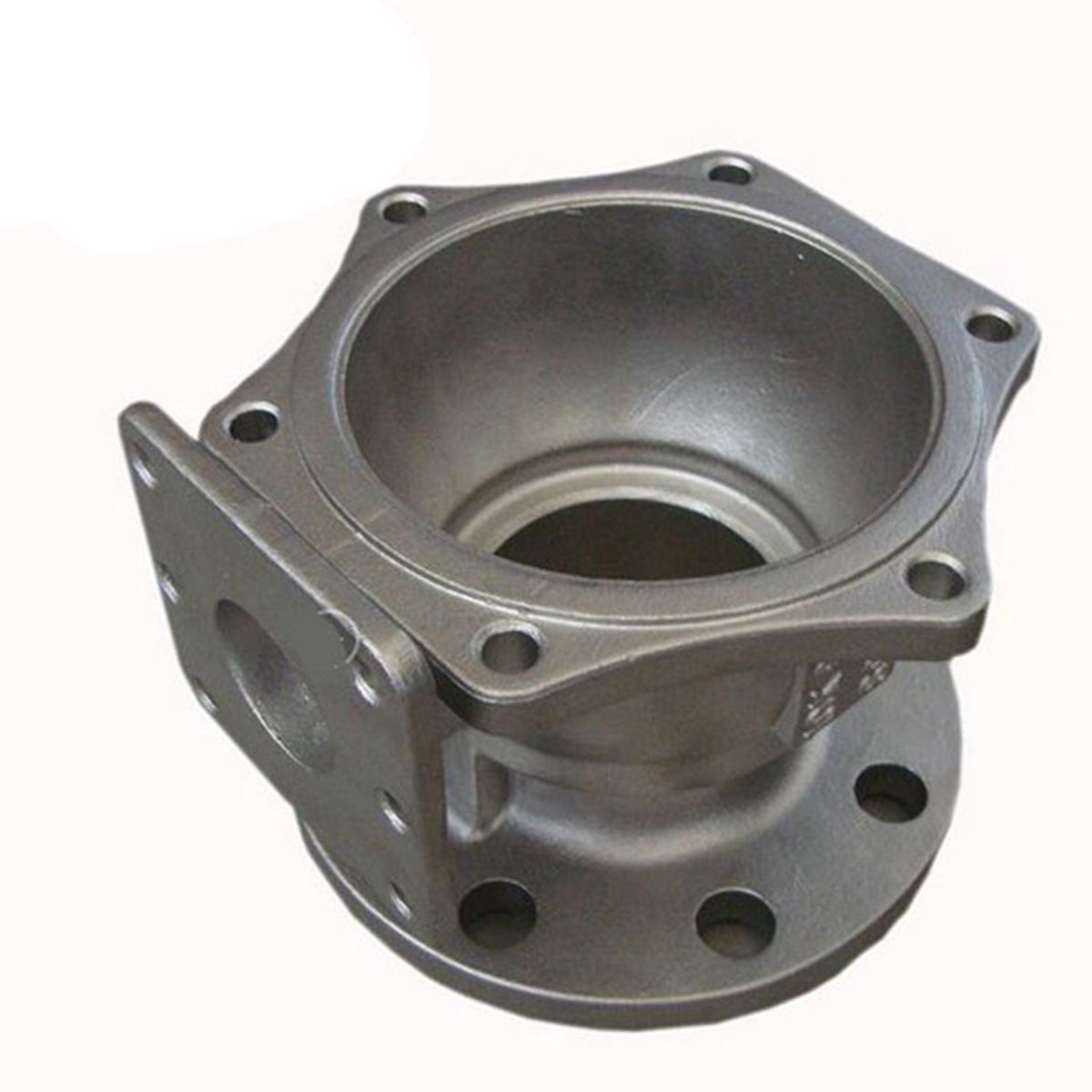Annealing is a metal heat treatment process in which the metal is slowly heated to a certain temperature, kept for a sufficient time, and then cooled at a suitable rate. Annealing heat treatment is divided into complete annealing, incomplete annealing, and stress relief annealing. The mechanical properties of annealed materials can be tested by tensile test or hardness test. Many steels are supplied in the state of annealing and heat treatment. The hardness of the steel can be tested with a Rockwell hardness tester to test the HRB hardness. For thinner steel plates, steel strips, and thin-walled steel pipes, a surface Rockwell hardness tester can be used to test the HRT hardness.
The purpose of annealing is to:
① Improve or eliminate various structural defects and residual stress caused by steel in the process of casting, forging, rolling, and welding, and prevent workpiece deformation and cracking.
② Soften the workpiece for cutting.
③ Refine the grain and improve the structure to improve the mechanical properties of the workpiece.
④ Prepare the structure for final heat treatment (quenching, tempering).
Commonly used annealing processes are:
① Fully annealed. It is used to refine the coarse superheated structure with poor mechanical properties after casting, forging, and welding of medium and low carbon steel. Heat the workpiece to a temperature of 30-50°C above the temperature at which all ferrite transforms into austenite, hold for a while, and then slowly cool with the furnace. During the cooling process, the austenite transforms again, which can make the steel structure thinner.
② spheroidizing annealing. It is used to reduce the high hardness of tool steel and bearing steel after forging. The workpiece is heated to 20-40°C above the temperature at which the steel begins to form austenite, and then slowly cooled after heat preservation. During the cooling process, the lamellar cementite in the pearlite becomes spherical, thereby reducing the hardness.
③ Isothermal annealing. It is used to reduce the high hardness of some alloy structural steels with high nickel and chromium content for cutting. Generally, it is first cooled to the most unstable temperature of austenite at a relatively fast rate, and the austenite is transformed into tortenite or sorbite for an appropriate time, and the hardness can be reduced.
④ Recrystallization annealing. It is used to eliminate the hardening phenomenon (increase in hardness and decrease in plasticity) of metal wires and sheets during cold drawing and cold rolling. The heating temperature is generally 50 to 150 °C below the temperature at which the steel begins to form austenite. Only in this way can the work hardening effect be eliminated and the metal softens.
⑤ Graphitization annealing. It is used to make cast iron containing a large amount of cementite into malleable cast iron with good plasticity. The process operation is to heat the casting to about 950 ℃, keep it for a certain period and then cool it properly to decompose the cementite to form flocculent graphite.
⑥ Diffusion annealing. It is used to homogenize the chemical composition of alloy castings and improve their performance. The method is to heat the casting to the highest possible temperature without melting, keep it warm for a long time, and cool slowly after the diffusion of various elements in the alloy tends to be uniformly distributed.
⑦ Stress relief annealing. It is used to relieve the internal stress of steel castings and welded parts. For iron and steel products, it is 100 to 200°C below the temperature at which austenite begins to form after heating, and the internal stress can be eliminated by cooling in the air after heat preservation.




